SciDAC4 at Princeton: Towards Exascale Astrophysics of Mergers and Supernovae (TEAMS)-
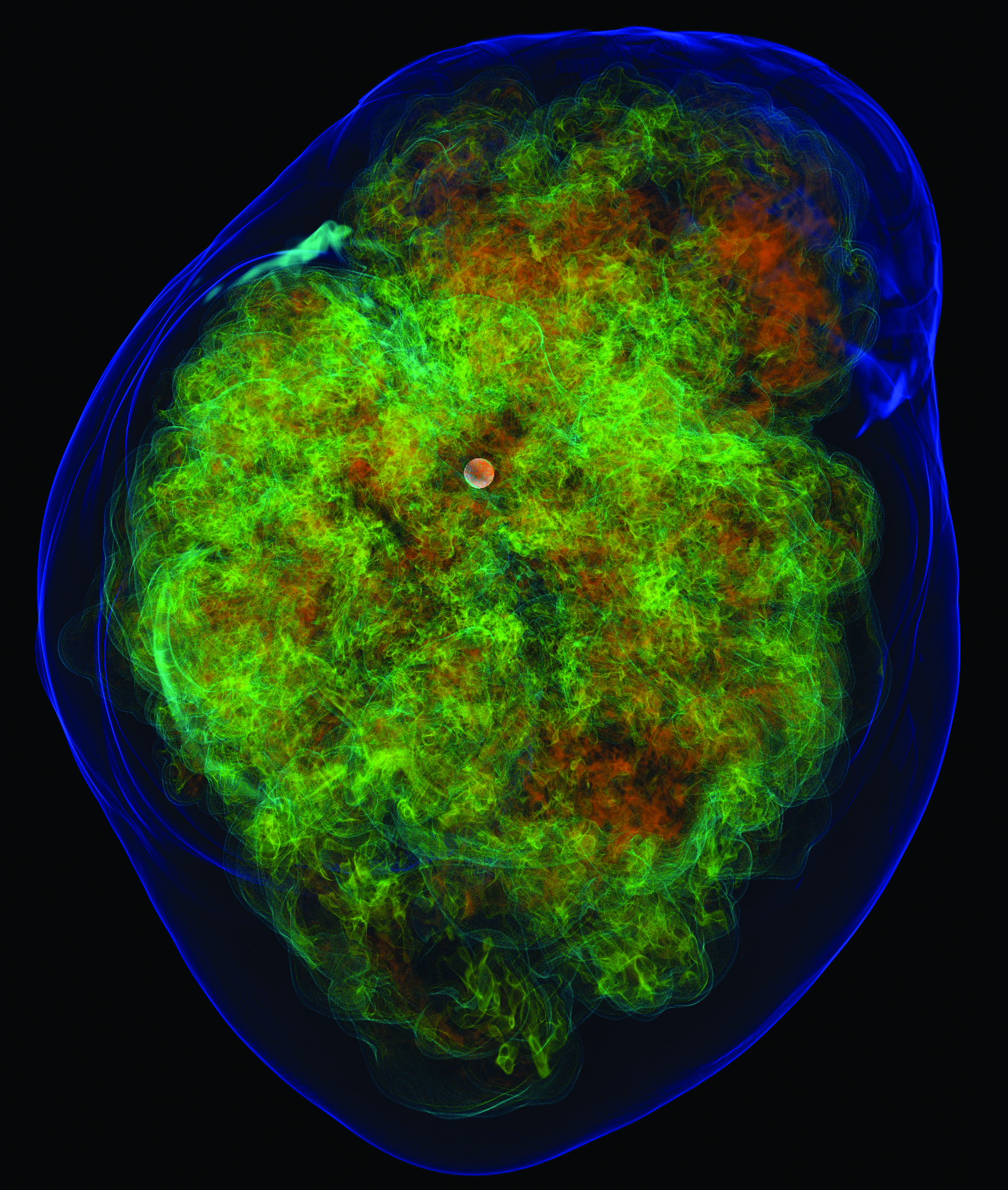 | |||
 | |||
 | |||
 | |||
 | |||
 | |||
 | |||
| |||
TEAMS Site

Supernovae and Merger Publications
|
|

SciDAC4 TEAMS Initiative Summary:


In the cases of the r-process (and the p-process), we do not have well-measured nuclear data for the highly
radioactive isotopes involved, mature models of the potential astrophysical sites, or conclusive direct observations.
In part to address the nuclear uncertainties, the 2007 and 2015 Long Range Plans of the Nuclear Science
Advisory Committee recommended continued support for current radioactive ion beam facilities and the
construction of the Facility for Rare Isotope Beams. However, the nuclear data these accelerators, and
their peers being operated and constructed around the world, will provide is alone not enough to correct
our knowledge concerning the formation of these elements. We propose an effort to mature the modeling of
many of the suggested astrophysical sites of the r-process, which will also reveal much about the nucleosynthesis of elements from oxygen to germanium.
This effort is not independent of the experimental efforts, as calculations of the r-process and p-process rely on the nuclear data.
However, the details of the nuclear data that are needed vary between the different potential sites.
Winnowing the list of possible r-process or p-process sites reduces the nuclear data needs, allowing the
simulations we propose herein to guide the experimental efforts in nuclear astrophysics.
The observed pattern of r-process species requires a combination of high-entropy and neutron-rich material,
acting on a timescale of seconds, with the exact balance varying between the different proposed sites.
Arguments based on the chemical evolution history of our galaxy call for as many as three sites to explain
the development of the r-process abundance pattern over time; for instance, a weak (low atomic mass) r-process,
possibly associated with ordinary core-collapse supernovae, a main r-process, sometimes associated with
peculiar supernovae driven by magnetohydrodynamic jets and a fission-recycling (high atomic mass) r-process,
thought to be associated with neutron star mergers. Simulations of each of these scenarios rely on a similar
toolkit: magnetohydrodynamics, thermonuclear kinetics, the equation of state of nuclear matter, and radiation transport of neutrinos.
Under this SciDAC proposal, we will improve existing astrophysical application codes to take full advantage of the coming generation of exascale computers and develop new modules with greater physical fidelity that is only achievable on these machines. In parallel, we will improve the microscopic physics in the simulations, implementing improved nuclear equations of states and neutrino opacities and, where appropriate, approximating the impact of neutrino oscillations. The simulations we will run using these new/improved codes will begin with the final stages of stellar evolution and push outward the state-of-the-art in the modeling of many of the proposed sites of the r-process. Among the products of our simulations will be the finest estimates to date of the photonic, neutrino, gravitational wave and nucleosynthesis signatures of these cosmic explosions. We will also seek to quantify the uncertainty in these predictions. In particular, we will examine both the nuclear physics and astrophysics uncertainties in the production of r-process isotopes and other nucleosynthesis. The development of codes under this proposal will leverage developments supported by the Exascale Models of Stellar Explosions team of the DOE Exascale Computing Project. We also expect to leverage development funded at LANL by the Advanced Technology Development and Mitigation (ATDM) subprogram of the DoE Advanced Simulation and Computing (ASC) Program. |



 | |




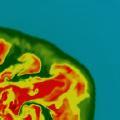
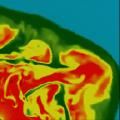
|
|
 | |
| The neutrino pulse is the best diagnostic of the physics of collapse, explosion, and neutron star/black hole birth. The neutrino spectra, flavor mix, and time evolution are stamped with the various hydrodynamic phases through which the core and shock wave progress. The detailed characterization of the neutrino burst would provide ground truth for any numerical model and would be a central means for code and theory validation. Using recently generated two-dimensional (2D) and one-dimensional (1D) multi-group radiation/hydrodynamic models employing the code Fornax (Burrows et al. 2017; Radice et al. 2017, Skinner et al. 2016; Wallace et al. 2016; Vartanyan et al. 2017; Skinner et al. 2018), we focus on the general overarching features of the neutrino light curve in Super-K, DUNE, JUNO, and ICE CUBE during approximately the first second after bounce as a function of progenitor mass and between exploding and non-exploding models. The first second is the most dynamical phase. We also explore the potential identification of features in the accreted density structure, such as the silicon/oxygen interface, and estimate the effects of neutrino oscillations on the detected signals (Mirizzi et al.2016; Scholberg 2017). We use the 10, 16, 17, 19, and 21 solar-mass progenitor models of Sukhbold et al. (2016), as evolved in Radice et al. (2017), Burrows et al. (2017), and Vartanyan et al. (2017), for our representative progenitor model suite. The 2D variants of these models explode (Vartanyan et al. 2017; Burrows et al. 2017; Radice et al. 2017), while the spherically-symmetric 1D models do not. We use this difference to gauge the difference between exploding and non-exploding models and find that after explosion the neutrino event rate is diagnostically very different between them. Also, we can identify in many of the non-exploding models a clear signature of the accretion of the silicon/oxygen interface. Moreover, we see other characteristic timescales that can readily be discerned, as well as clear differences in all detectors between event-rate models in the various detectors for non-oscillation, normal-hierarchy, and inverted-hierarchy realizations. | |

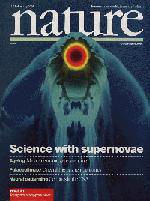

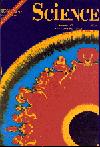
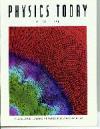
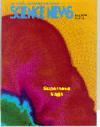
|
Updated on: June 19, 2018

